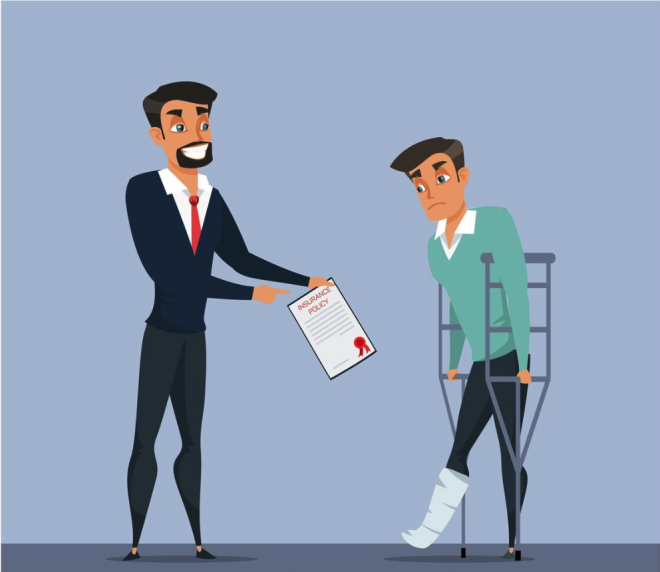- Change theme
The Crucial Role of Gathering and Preserving Evidence in a Personal Injury Claim
Acquiring and maintaining evidence plays an important role in a personal injury lawsuit.
10:29 29 January 2024
Acquiring and maintaining evidence plays an important role in a personal injury lawsuit. Evidence is necessary for a successful lawsuit, and failing to collect or provide evidence might jeopardize the victim's case. Acquiring high-quality evidence is crucial in personal injury claims to prove the other party's negligence. Physical evidence, evidence from the accident scene, and medical data such as records, bills, and receipts are all examples of evidence.
Photographs of the accident scene are also crucial in evaluating liability. For example, taking photos of the accident scene and any equipment involved is critical for verifying the claims' authenticity and determining the damage level. Individuals can considerably strengthen their personal injury claims by recognizing the forms of evidence to acquire and efficiently preserving them. Not to forget, seeking the expertise of personal injury lawyers from reliable law firms, like Steven A. Bagen & Associates, P.A., to know how to make best use of the evidence.
Why is Evidence Important in a Personal Injury Claim?
In a personal injury case, you must prove the other party's negligence. Evidence can help reach a quick decision and settle your case without a trial. If the other side reluctantly admits you have a good case, they will likely offer you a reasonable settlement before trial.

Types of Evidence to Collect
When filing a personal injury claim, you need to gather many forms of evidence. These are some examples:
- Physical Evidence: Any tangible object, such as a broken tail light or a sliver of clothing, is considered physical evidence. Alongside contemporary technologies, extensive analysis of these physical items helps determine which party is at fault.
- Evidence from the Scene of the Accident or Injury: The surrounding environment influences an accident. Skid marks, faulty traffic lights, slippery flooring, and even the sun's position at a specific time of day can be helpful.
- Photographs and Videos: Photographs and recordings of the accident scene, property damage, and injuries are crucial in assessing liability. Take advantage of the fact that most cell phones now have cameras to capture evidence. When photographing the scene, include any damage to vehicles or property, injuries, skid marks, or other proof of the accident.
- Witness Statements: Witness testimony can be highly persuasive in a personal injury case. Collect their contact information and request a statement if there were any witnesses to the accident. Witness statements can help establish the events that led to the accident.
- Medical Records: A personal injury claim requires medical records. They document the injuries suffered in the accident, the therapy obtained, and the costs associated with that treatment.
Role of Gathering and Preserving Evidence in a Personal Injury Claim
Gathering and preserving evidence is critical in a personal injury claim because it serves as the foundation of your case and can substantially impact the outcome of a negotiation with the insurance company. The following summarizes the significance of acquiring and preserving evidence in a personal injury claim:
- Establishing Negligence: Evidence supports your story of events and substantiates your claims by demonstrating that the at-fault party's negligence caused your injuries.
- Validating Injuries: Medical records, photographs, and videos of injuries serve as tangible proof of the physical harm you've endured as a result of the accident.
- Documenting Financial Losses: Evidence of medical expenditures, lost earnings, and other financial losses aids in calculating the damages you've suffered due to the accident.
- Strengthening Your Case: A solid personal injury case necessitates extensive proof to verify the facts and improve your narrative. For instance, the location of the impact in a T-bone car accident will help determine who was at fault for the accident.
Conclusion
Evidence collection and preservation are critical components of a successful personal injury claim. Evidence shows liability, demonstrates negligence, and calculates the extent of damages. Individuals can considerably increase their personal injury claims by recognizing the forms of evidence to acquire and efficiently preserve them.
Suppose you get hurt in an accident. You must work with an experienced personal injury attorney who can assist you in gathering and preserving the evidence necessary to establish a solid case.
